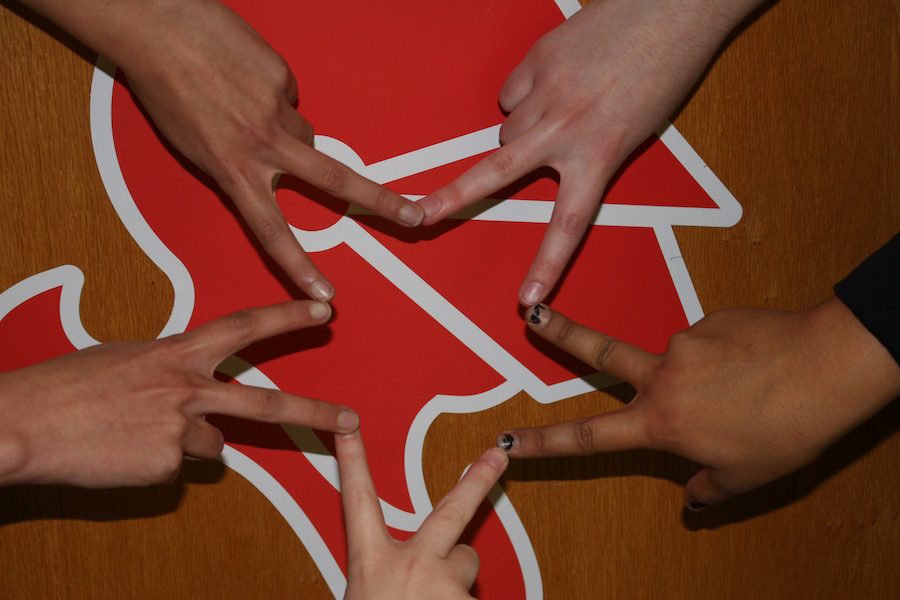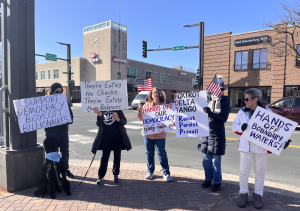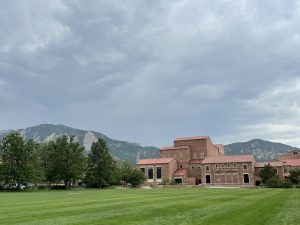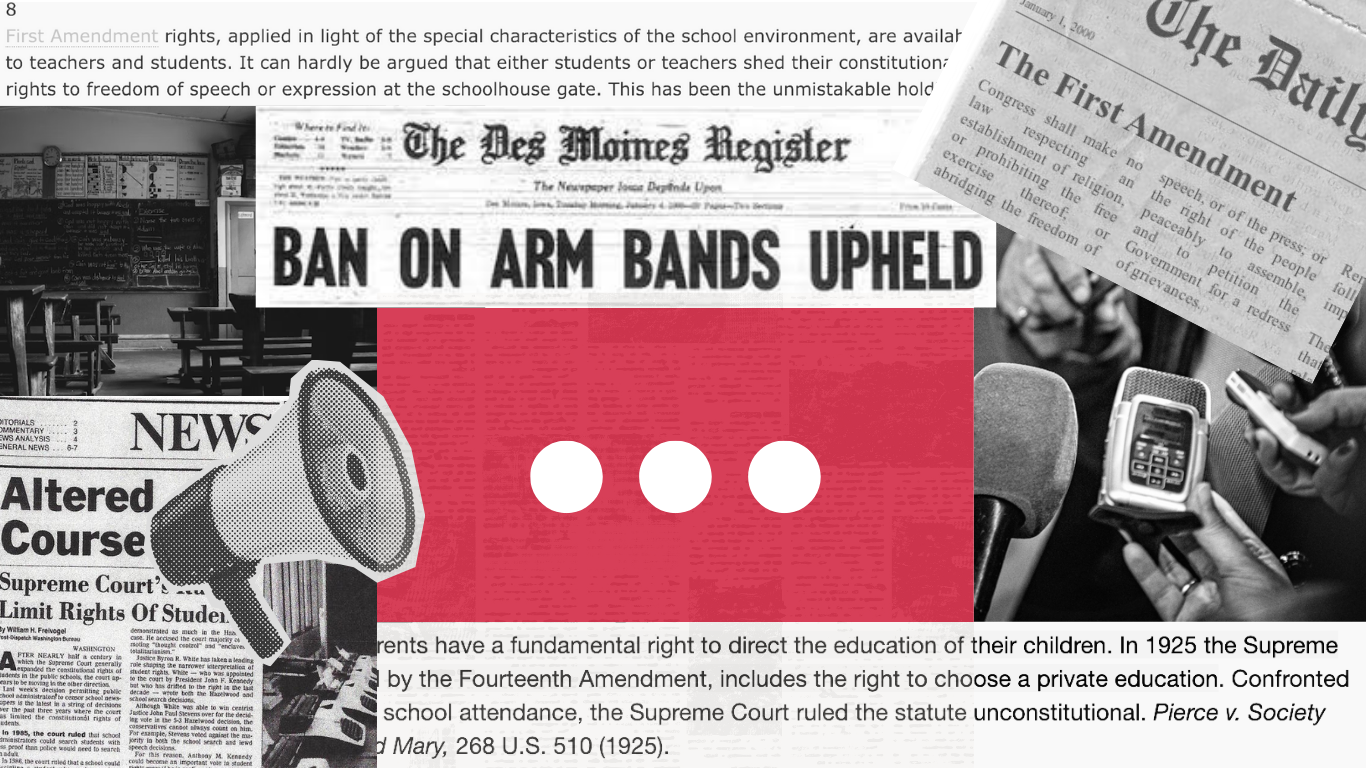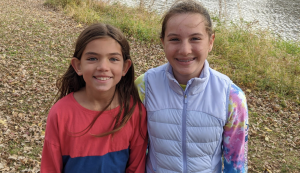Students meet in affinity groups to tackle issues at school
BSM has created affinity groups where students can meet to discuss problems they face in the community.
Affinity groups for Latino students, African-American students, and and an upcoming group for adopted students help bring people together to support each other and make change.
November 9, 2016
The new affinity groups at BSM are a perfect example of students striving together to solve problems that matter. The groups are specifically focused on helping students solve problems in their school and personal lives. “They’re a group that brings people together through a common quality, characteristic, interest or something that people have in common,” senior member of the African American affinity group Zip Kaffey said.
There are two, soon to be three, affinity groups in our BSM community. “First phase was the Latino group, second phase is the African American group, and there’s actually about to be a third one formed for people who have been adopted,” affinity group mentor Joe Creer said.
The African American group, which is the most recently established group, was formed last February after offensive comments were made by members of the student body. “There were a couple incidents that involved some racist comments and that was pretty hard for me and many of the students of color. At first, [the affinity group meetings] were just kind of us letting out our frustration and then it became us figuring out how to come up with solutions so it wouldn’t happen again,” Kaffey said.
The Latino group was formed in November of 2015 after it became clear that it was something the student body wanted, “It was something that [the students] requested so it was an organic creation based on student feedback. So, we did the best we could to accommodate the request,” affinity group mentor Mr. Matthew McMerty-Brummer said.
These affinity groups give students a platform where they can each use his or her voice to address problems and form solutions. “I believe that the most important part is for kids to have their voice, get results from their voice, and then grow from that,” Creer said.
These groups are a place where students can relate to each other and just talk with classmates, “It’s always great to know there are other people that you can talk to about either problems or just talk to about how life is going,” Kaffey said.
Students from all over the school will gather once a week on Mondays for the African American group and Tuesdays for the Latino group during their lunch period, “We alternate between having what we call a ‘fun lunch,’ which is when the students come simply for their twenty minutes to share a meal. Then every three weeks we are able to write a pass so that the students can be here for all of sixth period so that we can talk about issues that they bring to our attention,” McMerty-Brummer said.
During these lunches the students lead conversations about their BSM experience with teachers there to give advice and solutions. “We have a couple teachers in the room, but for the most part it’s like the students leading the conversations and maybe the teachers will ask some questions and try to help us find solutions,” Kaffey said.
Through these affinity groups, students are able to address the obstacles facing BSM as a whole and make the community stronger, “Community is key in basically everything because I feel like without community you just like slowly collapse because you just need people to support you,” Kaffey said.




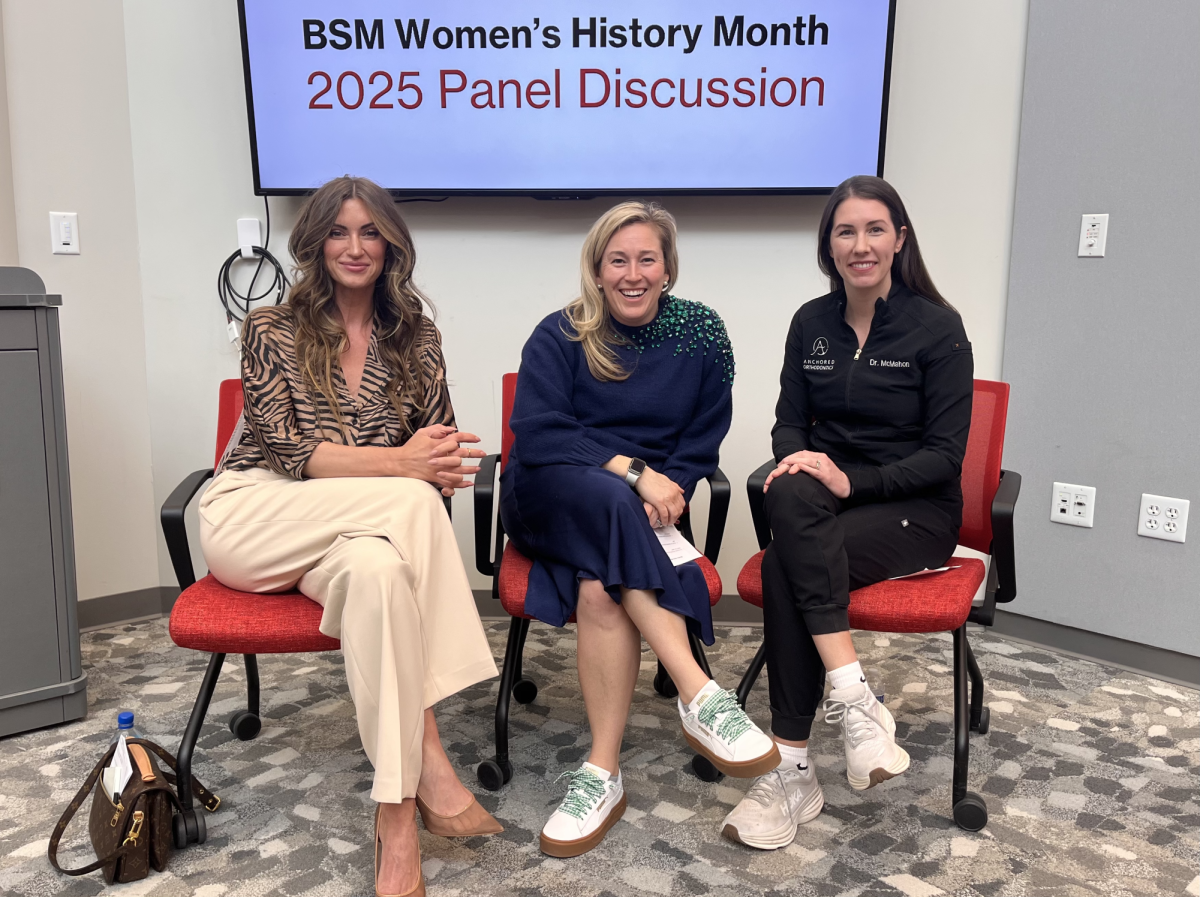
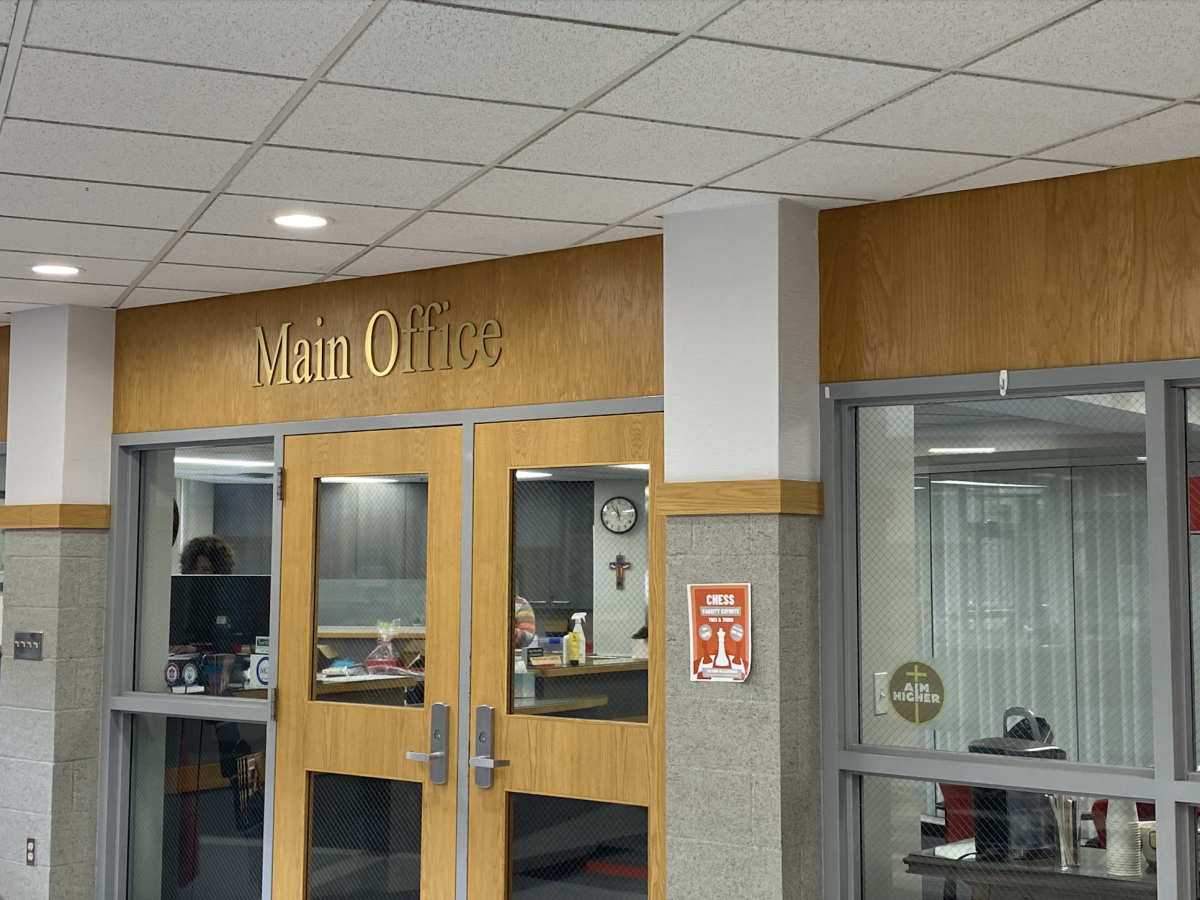

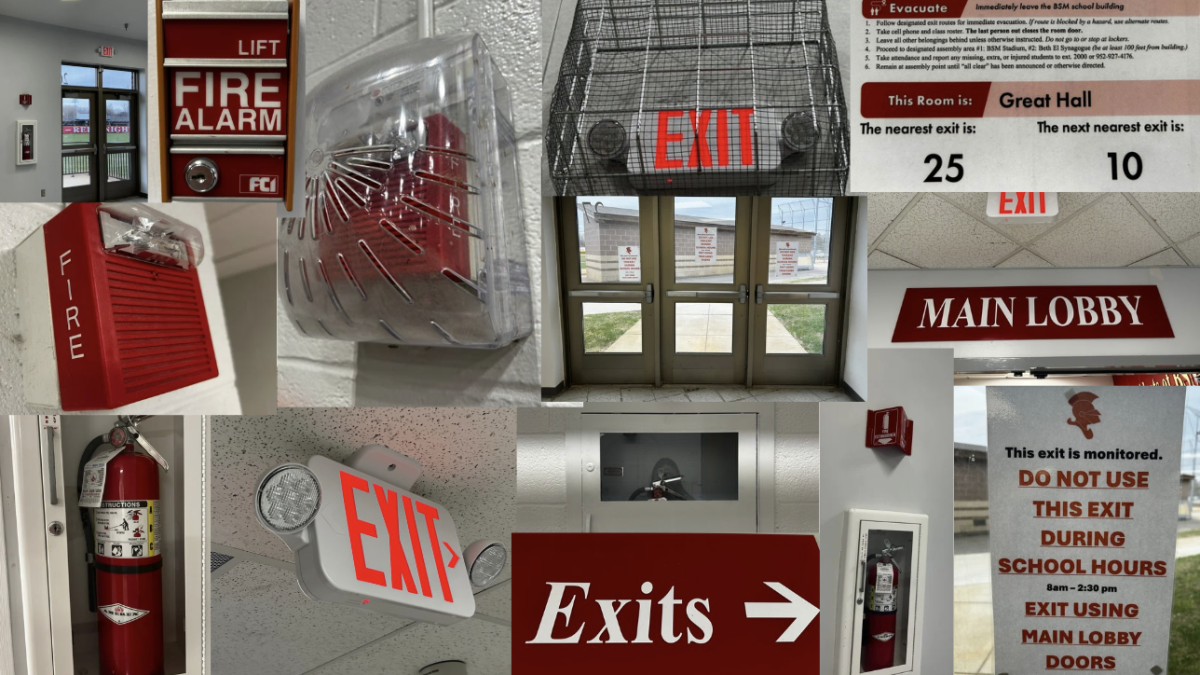
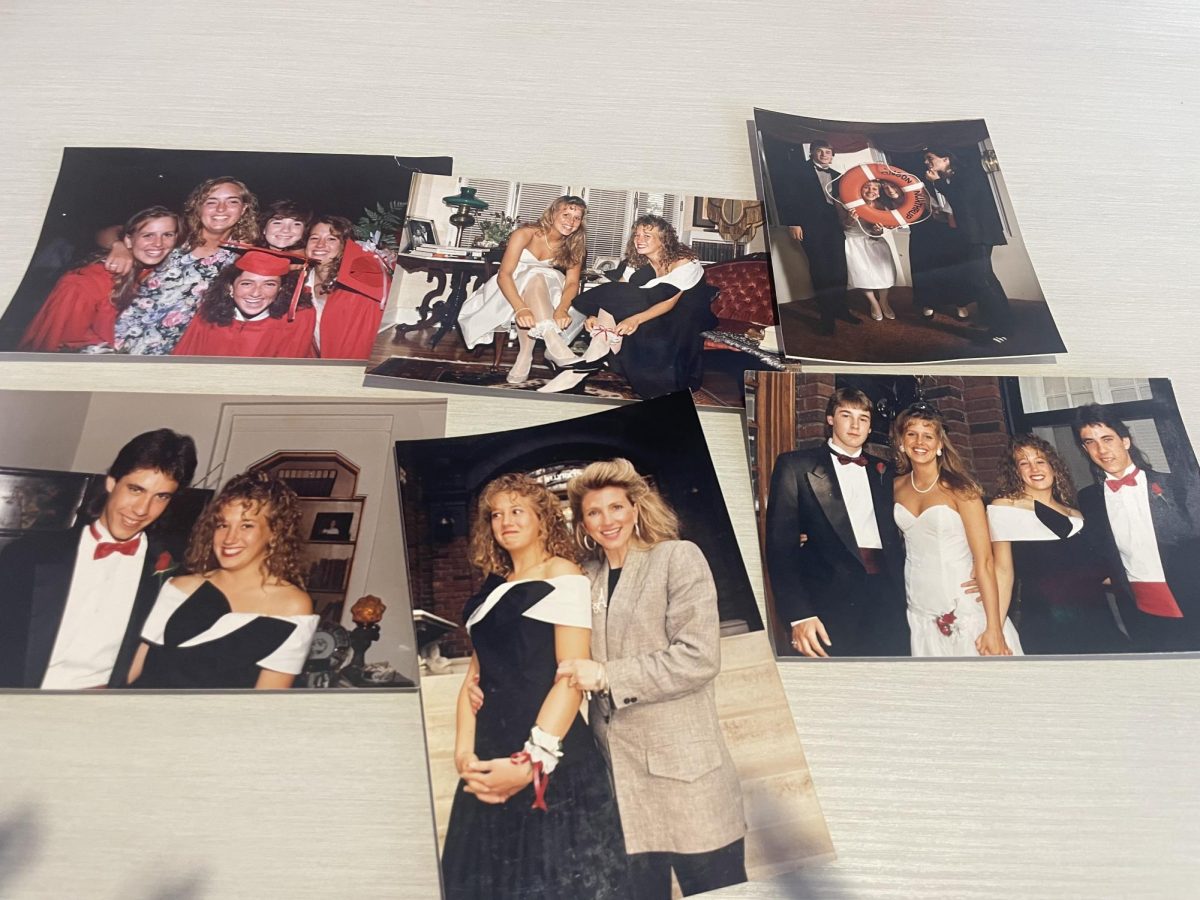
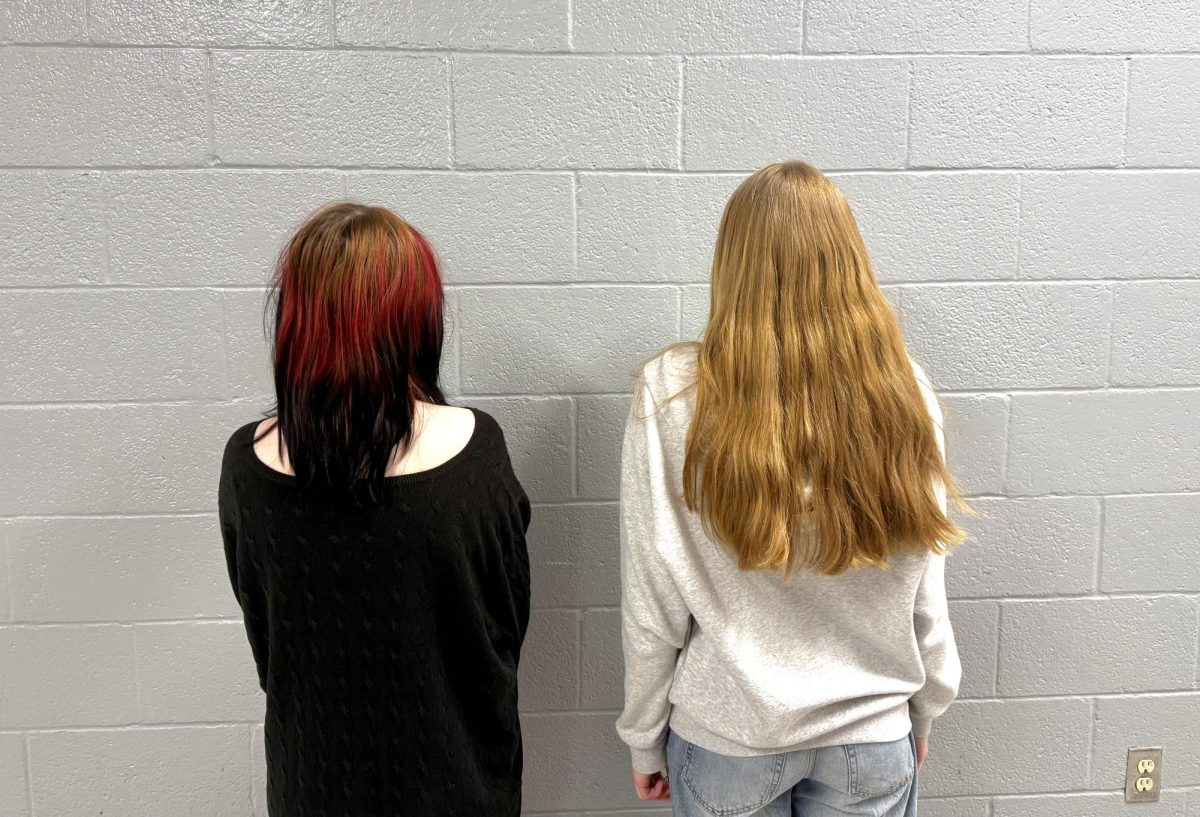
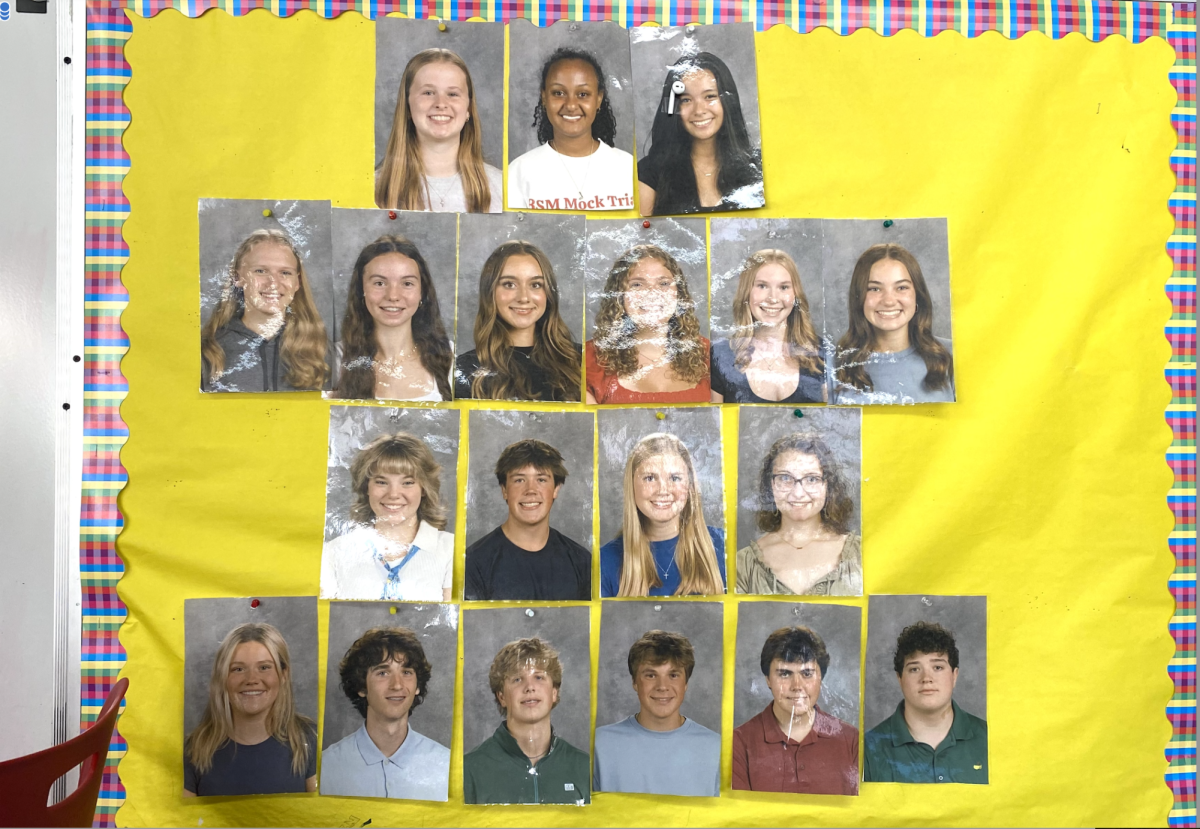


















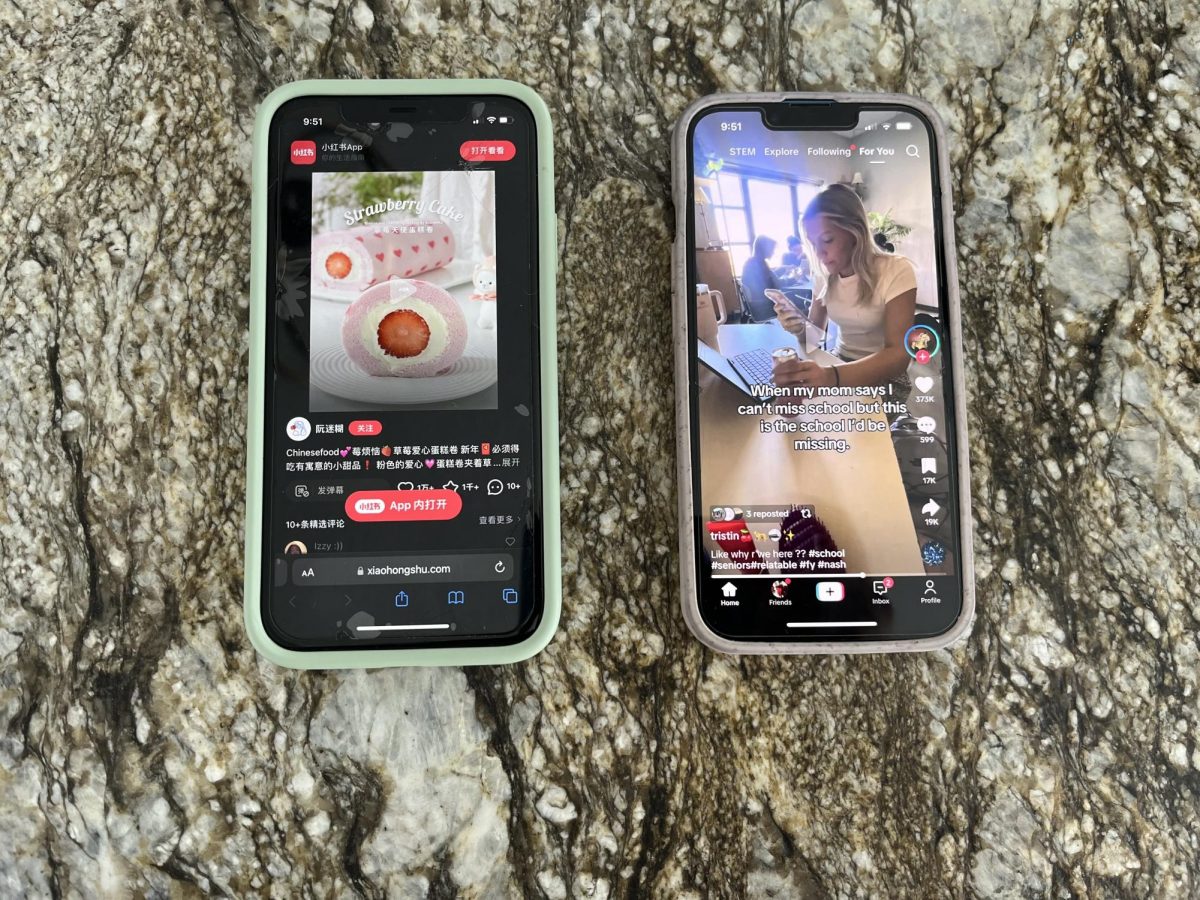






![Teacher Lore: Mr. Hillman [Podcast]](https://bsmknighterrant.org/wp-content/uploads/2025/03/teacherlorelogo-1200x685.png)




